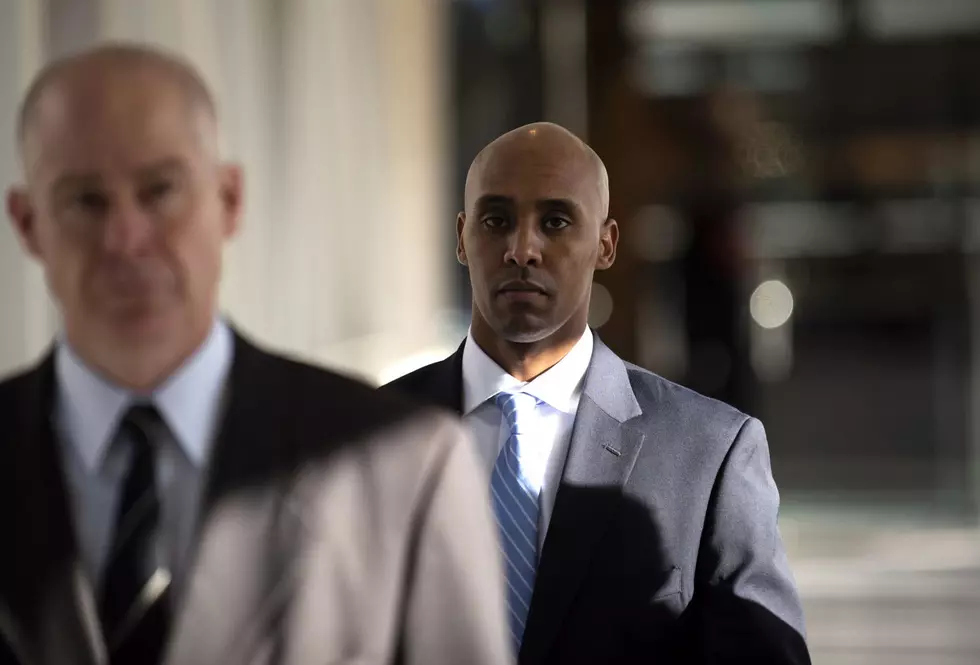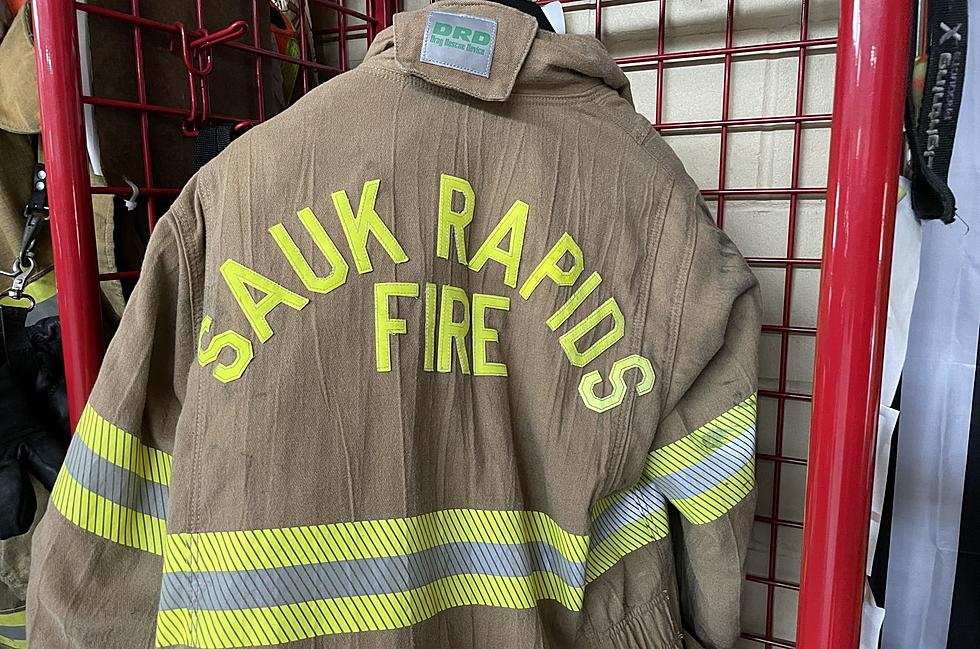
Defense: Cop Shot Woman After ‘Perfect Storm’ of Events
MINNEAPOLIS (AP) — A Minneapolis police officer who shot and killed an unarmed woman who approached his squad car minutes after calling 911 was caught up in "a perfect storm" of events but "acted as he was trained," his attorney argued Monday.
Prosecutors countered that Mohamed Noor was responsible for "a tragic event of his own making" in 2017 when he shot Justine Ruszczyk Damond, a dual U.S.-Australia citizen who had summoned police when she heard a possible rape in the alley behind her home.
The case went to the jury almost a month after jury selection began in a catastrophic shooting that prompted anger and disbelief in the U.S. and abroad. Noor, who was fired after he was charged, faces two counts of murder and one of manslaughter. The jury is sequestered until reaching a verdict.
His attorney, Thomas Plunkett, launched his closing by banging on his lectern, shouting a profanity and yelling, "Pow!"
Plunkett was recreating testimony by Noor that he heard a loud bang right before Damond approached his squad car, followed by his partner swearing and struggling to pull out his gun, right before Noor fired.
"It's the perfect storm," Plunkett said. "That is the whole case."
He urged jurors to avoid looking at the shooting with hindsight and consider whether a reasonable officer — confronted by the same factors as Noor — would do the same.
"Mr. Noor acted as he was trained. He acted as a reasonable police officer," Plunkett said.
Earlier, prosecutor Amy Sweasy urged the jury to find the opposite.
She again questioned the claim by Noor that he and partner Matthew Harrity heard a loud noise and that Noor feared an ambush just before a woman appeared at Harrity's window. Noor testified that he saw a woman raise her arm and he fired to save Harrity's life.
Sweasy reminded jurors of the chaotic aftermath of the shooting, with responding officers trying to figure out what had happened. She said that's when the loud bang emerged, calling it a theory that took on a life of its own.
She noted that neither Noor nor Harrity mentioned it at the scene, with Harrity first talking about it three days later in an interview with a state investigator, and pointed out that Damond's fingerprints were not found on the squad car.
"There is no conclusive proof she ever touched that car," Sweasy said.
She also sought to knock down Noor's testimony that he saw fear in Harrity's eyes as Damond appeared at the window, that Harrity said "Oh Jesus!" and that Harrity was struggling to pull his gun when Noor fired.
"Whatever Harrity said or did, it was not a command for the defendant to shoot and kill Ms. Ruszczyk," Sweasy said.
After closings, Judge Kathryn Quaintance dismissed alternate jurors, leaving a jury of 10 men and two women. Half the jurors, including both women, are people of color.
The death of Damond, 40, a life coach who was engaged to be married a month after the shooting, sparked outrage in both the U.S. and Australia, cost Minneapolis' police chief her job and contributed to the electoral defeat of the city's mayor a few months later.
Noor, 33, is a Somali American who became a police officer with a mid-career switch from jobs in the business world. He broke more than 1½ years of silence about the shooting when he testified in his defense last week, saying he became a police officer because he "wanted to serve."
His hiring two years before the shooting was celebrated by Minneapolis leaders as a sign of a diversifying police force in a city with a large population of Somali immigrants.
He was fired after being charged.
Neither officer had a body camera running when Damond was shot, something Harrity blamed on what he called a vague policy that didn't require it. The department toughened the policy after Damond's death to require that the cameras be turned on when responding to a call.
More From KROC-AM


![29 Kids Are Missing From Minnesota, Let’s Help Get Them Home [UPDATED]](http://townsquare.media/site/717/files/2021/04/attachment-Missing-Kids.jpg?w=980&q=75)






